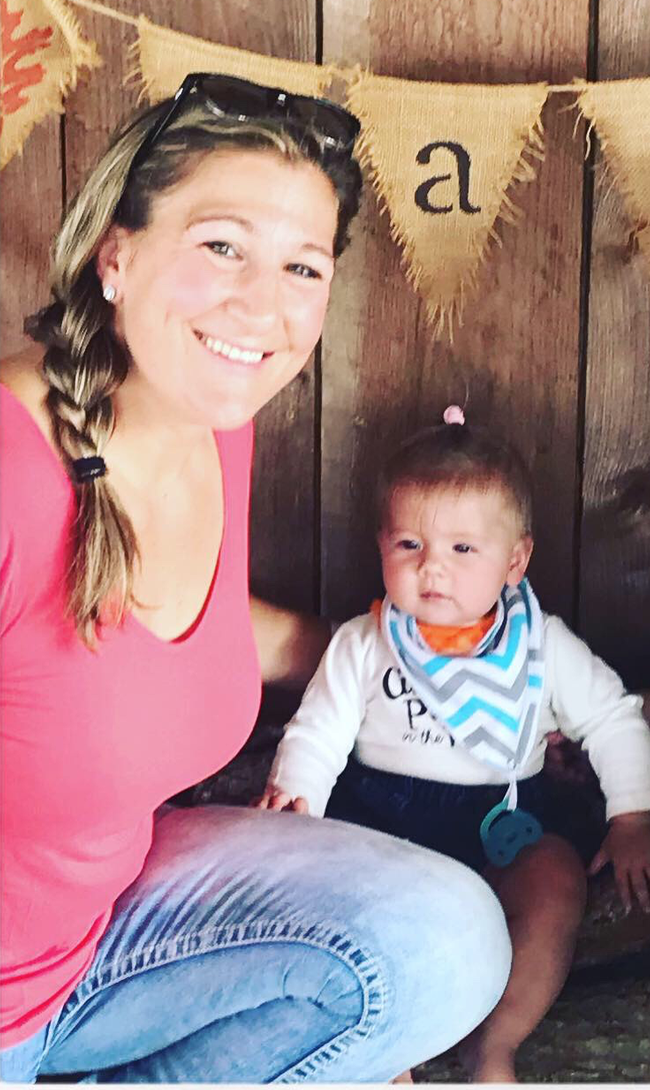The Women's Premier League: A Financially Viable Future
- WRCRA Main

- Dec 9, 2019
- 4 min read
Updated: Apr 28, 2020
Kittery Wagner Ruiz, WPL Commissioner

Kitt Wagner Ruiz is an original member of the WRCRA and was part of the 2017 gathering in Providence RI. She will be leading a panel discussion during the 2020 WRCRA Conference, The WPL and Rugby Academies: Managing Organizations So They Are Financially Viable for Players, with Parisa Asgharzadeh and Josie Ziluca. Kitt was recently named Commissioner of the Women’s Premier League (WPL), bringing a solid reputation as a player, coach and administrator to the position. Kitt was the head coach of the Atlanta Harlequins and an Assistant Coach at Life University. She is a lead coach for Atavus and a College Advisor for The Rugger’s Edge. Kitt was previously Assistant Coach for the USA U-20 Women’s National Team and Head Coach of the Glendale Raptors and West Select Side 7s. She spent eight years on the US Women’s National 15s Team and played in the 2010 and 2014 World Cup. She also played for two seasons on the USA Women’s National 7s Team and was selected to the 2009 World Cup training squad. Kitt played for Beantown RFC (2001-11) and Glendale (2011-14). She is a graduate of SUNY Potsdam (BA) and Boston University (MA). Kitt is a new mom and enjoying the time as a full-time mom and part-time personal trainer.
We sat down with Kitt to talk about the WPL and how to ensure a financially viable future.
Is the WPL is financially viable for players?
Let’s put the term ‘financially viable’ aside. The league as a whole is funded and run by the dues each team pays to the league. So, all-in-all the league is financially viable. I’d say that the league is thriving and the 10 WPL teams are competing at the highest level. But I am concerned about the financial disparity between teams in the league. Currently only two teams are fully funded programs. They also happen to be the top two teams in the league, Glendale and Life West. I don’t think that’s a coincidence. Funding allows both these teams to build and sustain high performing environments, including training facilities, medical support (to help with injuries and recovery), and subsidized travel. The players on Life West and Glendale can really focus on training and improving as they have little or no financial burden, that’s a significant advantage.
In order to level the playing field, the WPL and individual teams need some financial support, like sponsorship. One of my initial goals as the new commissioner is to organize committees to explore building resources for the WPL as a whole:
Fundraising/sponsorship
Professionalizing the league - What would that look like and how might we achieve it? What are the benefits and challenges?
An additional and related concern is the current calendar of the WPL season. The WPL is a fall league squeezed between the 7’s season and a WNT tour. We need to explore other times of the year that the league could play that won’t create financial burdens for some teams, for instance teams in northern and eastern states states often must rent indoor practice and game space due to weather.
From your playing and administrating perspective what’s working with the current WPL model?
The support for high performance opportunities is really strong and WPL players are seeing results. This buzz helps drive players who are seeking high performance environments and experiences to our league. I also believe the model we’ve built in which all WPL teams are involved in decision making creates a healthy environment of shared responsibility. And I’ve also found that the WPL Board of Directors, the Commissioner (myself), Marketing Director (Ali Gillberg), Membership Director (Naima Reddick), and Competitions Director (Samantha Luther) all work well together.
So, what’s problematic with the current WPL model?
The country is so big that we have geographic challenges and related logistical constraints, it costs a lot to fly from California to Atlanta or Boston to Oregon. There is also a growing ‘competitive disparity’ between the well-funded teams and the teams that rely on more traditional funding structures. The league operates on such a financial ‘razors edge’ - all of the current income is spent on operating costs which leaves us no funds for other endeavors. We also must lean on teams to support their players, and often the teams simply don’t have that ability. Good players are being ‘costed out if the league’ as a result. Finally, seasonality or where the league fits in the larger rugby calendar is becoming a larger concern. The current season is tough and if we don’t make changes athletes will eventually have to choose between 7s and 15s or they will burn out.
What does the WPL need? Cash? Sponsors? A supporting organization?
Yes, all of the above, but to the best of our ability we need to generate an influx of money while maintaining our autonomy and democratic structure with teams involved in decision making for the league. We also need full-time directors who are able to focus solely on running the league, finding sponsors, managing events, etc.
What are models for sustainability that you think are promising?
The WPL has been in existence for over 10 years and it’s been a good model. We do our best to meet each team where they are and to make certain that each team gets a say/vote in every decision that affects the entire league. The dream is to ‘professionalize the league’ (there is a committee forming who will define what we mean by ‘professionalize’) and find sponsors and funding that can be equitable across the league. Ideally, a sponsor would be willing to take on the entire league. That level of exposure, 10 teams from across the US, could be great for a company.
What do you imagine the WPL will look like in 10 years?
That depends on many factors beyond my control - remember each team has a say in that direction. But I imagine the WPL would be affordable for all teams and athletes. This would allow individual programs to grow, ensure parity across the league and improve the level of play overall. I hope that the WPL continues to be the standard for women’s rugby in the USA.
Kitt and Kandis Ruiz, with their daughter Kyliana









Comments